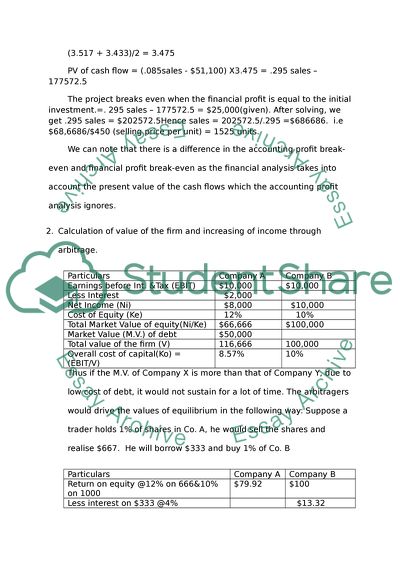Cite this document
(Calculation of Accounting Profit and Financial Profit Assignment Example | Topics and Well Written Essays - 2250 words, n.d.)
Calculation of Accounting Profit and Financial Profit Assignment Example | Topics and Well Written Essays - 2250 words. https://studentshare.org/finance-accounting/1712416-corporate-finance
Calculation of Accounting Profit and Financial Profit Assignment Example | Topics and Well Written Essays - 2250 words. https://studentshare.org/finance-accounting/1712416-corporate-finance
(Calculation of Accounting Profit and Financial Profit Assignment Example | Topics and Well Written Essays - 2250 Words)
Calculation of Accounting Profit and Financial Profit Assignment Example | Topics and Well Written Essays - 2250 Words. https://studentshare.org/finance-accounting/1712416-corporate-finance.
Calculation of Accounting Profit and Financial Profit Assignment Example | Topics and Well Written Essays - 2250 Words. https://studentshare.org/finance-accounting/1712416-corporate-finance.
“Calculation of Accounting Profit and Financial Profit Assignment Example | Topics and Well Written Essays - 2250 Words”. https://studentshare.org/finance-accounting/1712416-corporate-finance.


